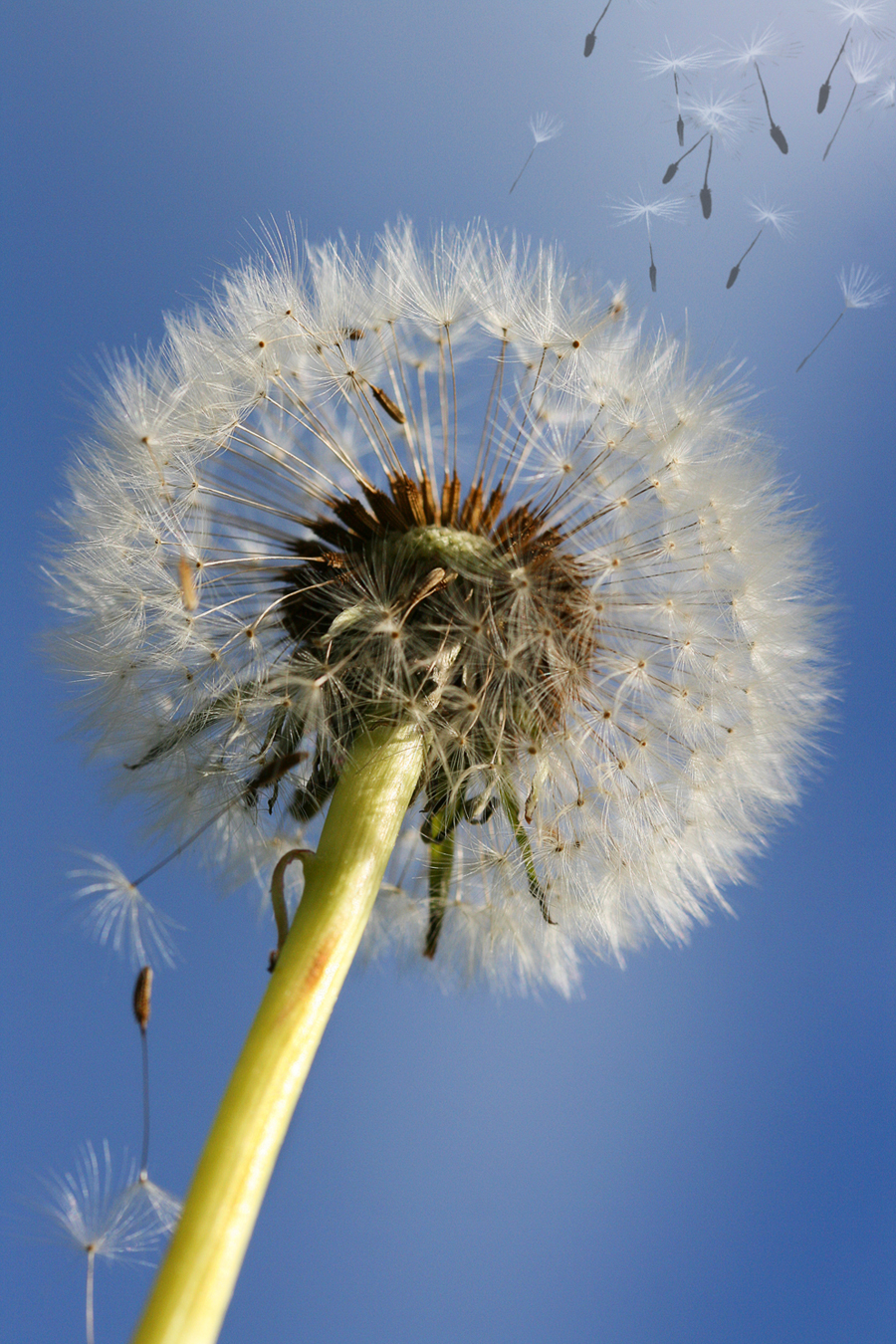Learning to Let Go
Some thoughts on transience, in art and life
Some thoughts on transience, in art and life

The only thing we know for sure is that none of this is going to last. (Which ‘this’ in particular, you ask? Take your pick.) It’s the kind of blunt fact that wakes you up at 4am filled with cold horror or, if you’re an optimist, makes you thank your lucky stars. A long time ago, I had the words ‘this, too, shall pass’ as my screensaver, but that was back when I was waitressing double shifts.
Art – nay, life! – would be nothing without transience and it’s not just cod-Buddhism that understands this. Human beings are infinitely unpredictable and difficult to read; art, being made by humans, is no different. To my mind, in these times of dreadful bombast and blather, the unapologetic ambivalence that beats at the heart of most good art is one of its most appealing characteristics. Even a great painting made centuries ago isn’t fixed in its meaning: I dare you to stand in front of, say, a blazing allegory by Artemisia Gentileschi or a still life by Jean-Baptiste-Siméon Chardin and disagree that a saint or a strawberry can signify nothing or everything depending on your mood, era or circumstance.
Art is an eternal reminder that the imaginative possibilities of responding to the world are vast, because no two people – nor days, hours or minutes – are alike. Good art never lectures you: its intentions are much more convivial than that, even when it’s trying to provoke you. Quite simply, it invites you to share a space and do with it what you will: have a conversation or an argument, be baffled, challenged, soothed or inspired. To paraphrase the great Joni Mitchell – a musician who always manages to convey the complexity of life in the most succinct of phrases – everything comes and goes; what you choose to do with that unarguable fact is down to you.
Since the early 20th century, when dadaists prompted howls of laughter to enter the hallowed halls of the museum, performance has evolved into an artform that evades definition with the same kind of vigour that it embraces evanescence. Yet, despite being one of the most enigmatic types of communication, it can feel oddly familiar. Perhaps this is because, even when we assume we’re being as straightforward as planks, we humans tend to communicate with each other in ways that are often nuanced and puzzling. Sure, it’s a cliché that we’re all performers on this strange old stage of a planet but, ultimately, clichés are truisms: trying to fathom each other’s motivations in real life isn’t that far removed from deconstructing an experimental play.
This issue of frieze is a celebration of the many possibilities of performance: from the work of our cover star Collier Schorr to that of Helen Cammock, William Kentridge, Meredith Monk, Nástio Mosquito, Robert Rauschenberg, Alessandro Sciarroni, Nora Turato, Lee Wen and others. Hans Ulrich Obrist pays homage to the late Marisa Merz who, when once told that her wax sculpture would melt within 15 minutes of its installation due to the heat, responded: ‘Why would an exhibition have to last?’
Performance is, of course, something of a celebration of impermanence. Speaking for myself, this issue of the magazine is also a study in personal ephemerality, since it’s my last as editorial director. From now on, answering instead to the wonderfully omnipotent title of editor-at-large, I’ll be developing a podcast series, spending more time writing in the library and won’t be facing 365 deadlines per year. (I’ll still be editing the annual Frieze Masters magazine, too.) I’d be merrily rolling out the carpet for my successor, whoever they may be, if it weren’t for the bittersweet sadness that comes with drawing a line under two decades of the most relentlessly challenging, intense and privileged education a person could wish for. Along the way, I’ve worked with some of the smartest, funniest and kindest fellow travellers – art directors, artists, collectors, curators, designers, editors, gallerists, proof-readers, PR companies, publishers, readers, salespeople, trainees and writers – to whom ‘thank you’ is, by some margin, far too small an expression of my gratitude. Many of these people I am fortunate enough to call friends. Long may that last.
This article first appeared in frieze issue 206 with the headline ‘Down to You’.






















